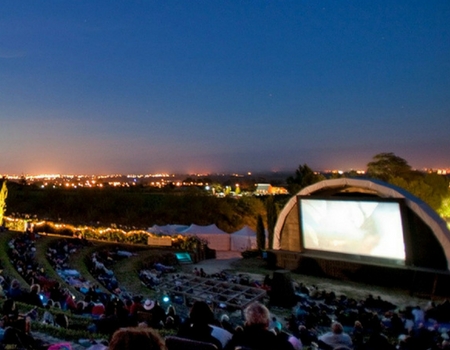History of Māori in Hawke's Bay
Early Māori settlers
Māori settled in Hawke’s Bay around 1250–1300 AD. Over time settlements were established on the coast from Māhia in the north down to Pōrangahau in the south, and along rivers and waterways inland. Heretaunga and Te Whanganui-a-Orotū (Napier’s inner harbour) were two important early settlement areas.
Later migrants
The people who became known as Ngāti Kahungunu arrived in the region some time during the 16th century. Kahungunu, whose grandfather captained the Takitimu waka (canoe) from Hawaiki to New Zealand, was in born in Ōrongotea (Kaitāia) and grew up in Tauranga. He later travelled down the east coast, making a series of marriage alliances with high-born women as he went. He finally settled at Nukutaurua (Māhia Peninsula), the home of his fourth wife, Rongomaiwahine.
Their descendants, who also lived at Tūranganui (Gisborne), populated Wairoa and spread south into Hawke’s Bay and Wairarapa. These migrations make up the three strands of the tribe: Wairoa, Heretaunga and Wairarapa. Some descendants on the Māhia Peninsula identify as Ngāti Rongomaiwahine rather than Ngāti Kahungunu.
Rangitāne tribal ancestors arrived at Māhia Peninsula aboard the Kurahaupō waka about 1350. Rangitāne later settled in Heretaunga but, after Ngāti Kahungunu arrived, they migrated further south to Tāmaki-nui-a-Rua (around Dannevirke), where the Hawke’s Bay section of the tribe was centred in the 2000s.
Ngāti Kahungunu
Ngāti Kahungunu became the dominant tribal group in Hawke’s Bay through a combination of warfare and strategic marriage. However, existing hapū (sub-tribes) maintained distinct identities, and later Ngāti Kahungunu descendants claimed kinship links with them as well. In fact, the people did not think of themselves as belonging to a singular, united tribe called Ngāti Kahungunu until the late 18th century. Before this, Māori society in the region was based around hapū containing a chief and his immediate community. This changed through power struggles over land with other tribes, combined with the arrival of Europeans in New Zealand, eventually creating unity through adversity.
Later conflict
Māori who acquired European weapons had a distinctive advantage over those who did not. Despite modifying pā (fortified villages) to defend against muskets, Hawke’s Bay Māori were unable to protect their lands against armed invasions from the west and north during the 1820s. Most went to Māhia, leaving much of the central and southern region empty of inhabitants until the late 1830s, when they began to return.
Tribal populations declined sharply in the wake of the invasions. However, these troubles prompted Hawke’s Bay Māori to work together, which reinforced the idea of Ngāti Kahungunu as a tribal identity.
- Article from Te Ara, the Encyclopedia of New Zealand

 back
back





